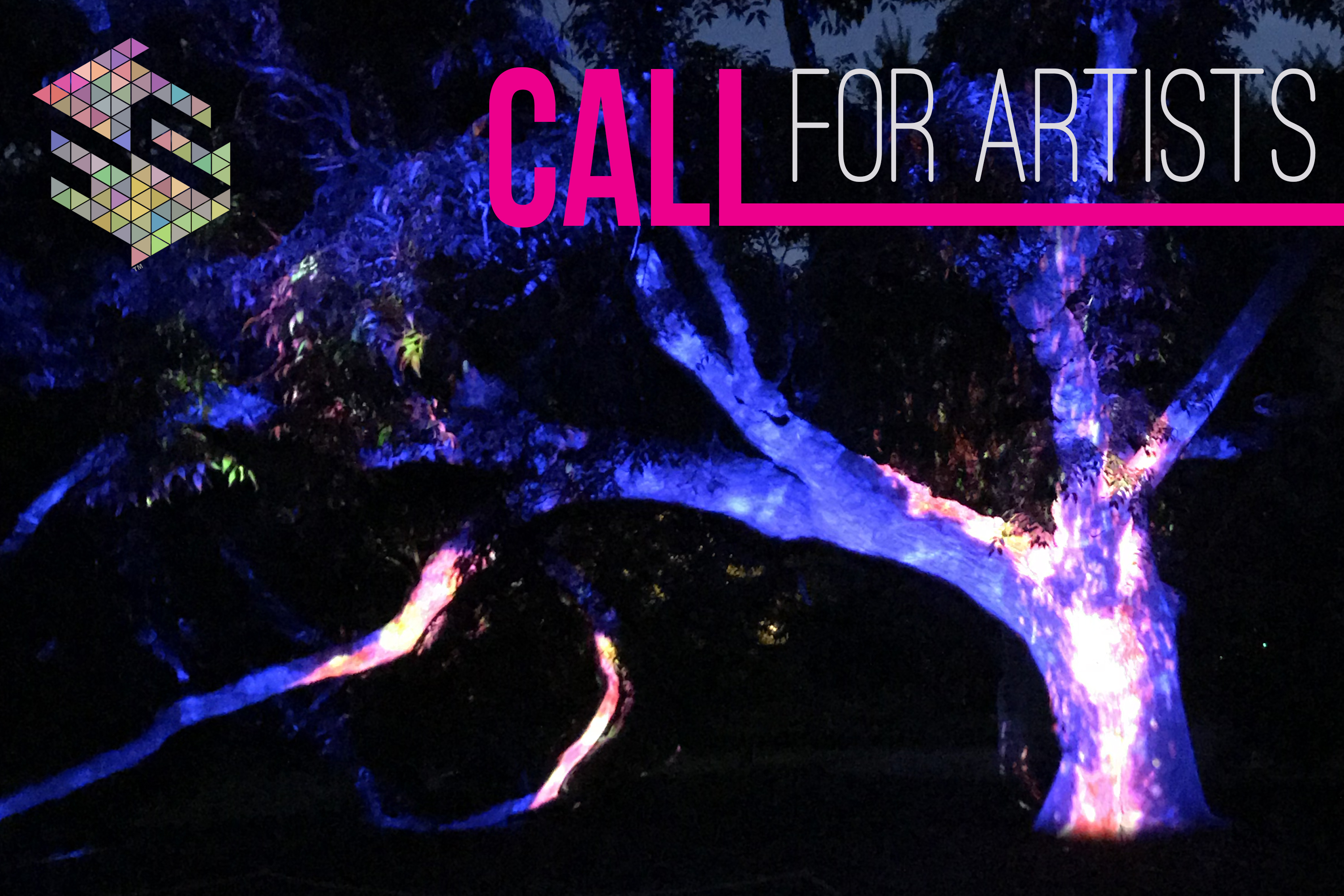Cover Photo: Brain of Drosophila. Green areas show cells where Notch has been activated. Photo credit: Dr. Petruccelli.
“Our findings in flies help mammalian researchers understand how it may be a driving mechanism that underlies alcohol, and possibly other forms of addiction.”—Dr. Emily Petruccelli
As we approach winter break and begin to participate in the festivities of the holiday season, a new study by Assistant Professor Dr. Emily Petruccelli at Southern Illinois University-Edwardsville may have you thinking twice about your celebratory toasts. Outside of instructing in the Department of Biological Sciences, Petruccelli spends time in her laboratory researching flies and getting them drunk.
Yes, you read that right and by now, you might be wondering how on earth you even go about getting flies drunk. To do this, Petruccelli exposes her candidates to ethanol vapor paired with an odor. “What I really seek to answer with my research is, ‘do flies like getting drunk?’ We found that flies avoid odors associated with intoxication right after training, but after 24 hours, the [now] sober flies seek the odor they remember being paired with intoxication,” said Petruccelli.
Flies are a favorite model organism of many geneticists as they are equivalent to humans in many ways, including understanding how alcohol is metabolized in the body. Petruccelli’s findings are groundbreaking as they indicate that when flies get drunk, they are actually making memories in association with alcohol that can be long-lasting, possibly even permanent. “When flies get drunk, Notch—the pathway associated with learning and memory—becomes activated. When I ‘ask’ the flies 7 days later if they want alcohol, they still do,” she stated in regards to her findings.
Petruccelli’s research has wide implications when thinking about addictions like alcoholism—it is possible that after just one drink, your brain chemistry has changed and potentially, for the long-term. “Many people think alcohol is a choice—this is clearly not a choice, this is a disease—the brain has undoubtedly been altered,” said Petruccelli. She plans to continue testing flies in her lab to try and determine what causes the shift from having a seemingly ‘harmless’ social drink to ending up with a full-blown dependency. “I want people to still be able to drink socially and casually—to keep that a possibility,” said Petruccelli. Answers to questions that she poses in her research will likely provide insight into treatment options for those with alcohol dependency and potentially be applicable to other addictions as well.
Numerous news sources picked up on Dr. Emily Petruccelli’s findings, which were recently published in Neuron. See below for the list: Newsweek, The Independent, Forbes, Inverse, DailyMail, News-Medical.net, Earth.com, Science Daily, Infosurhoy, Medical Xpress, Futurity, WILX-TV, TheFix.com, The University Network, Interesting Engineering, Global News Radio, Yahoo News, Wine Spectator, Tribune India, Sun Star Times, CBS News Radio, VICE, MSN, Economic Times, Financial Express, Business Standard, Technology Networks, Outlook India, Neuroscience News, Lab Manager, Midibulletin, NDTV, The Boar, Science Trends, The Spirits Business, Inquirer.net, Devdiscourse, Daily Pioneer, the fix, the Brown Daily Herald…


